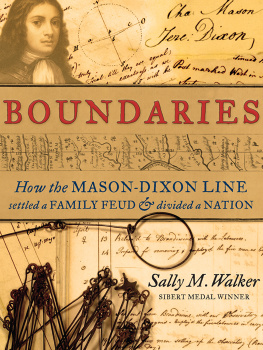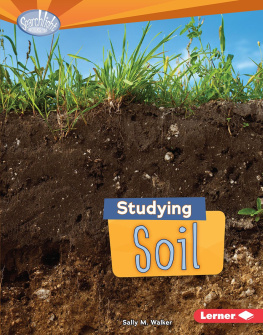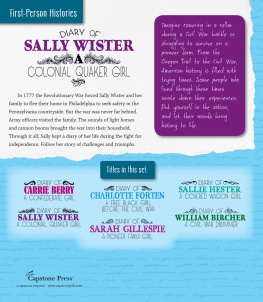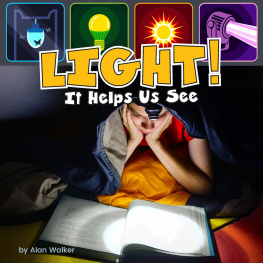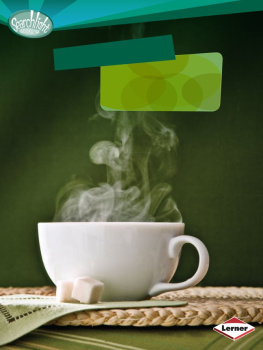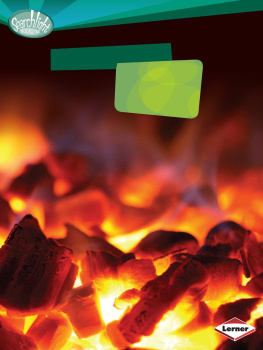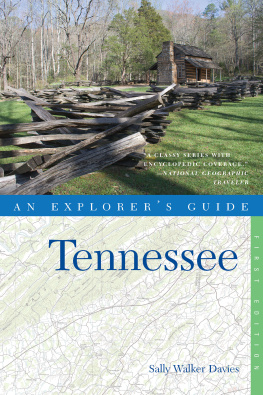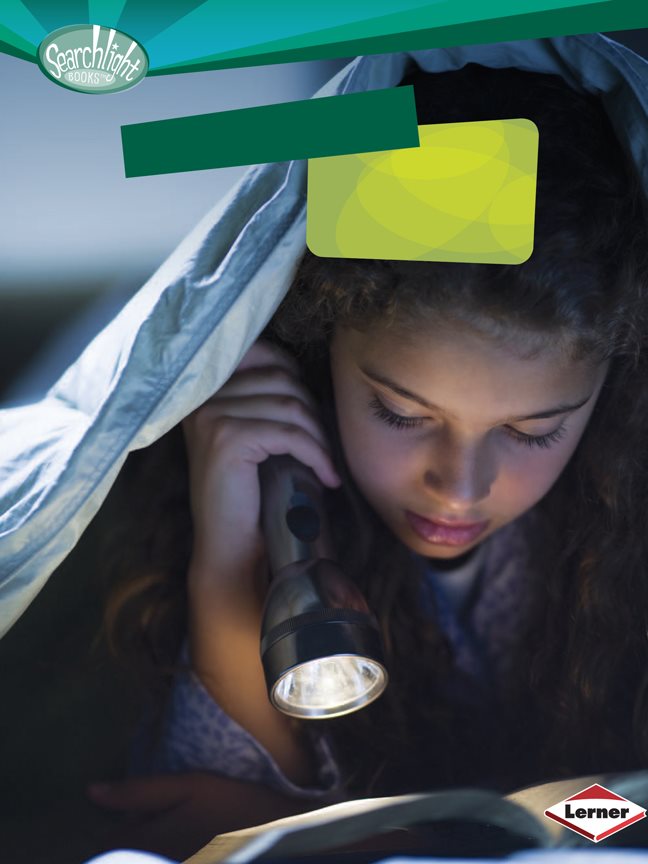Sally M. Walker
Copyright 2012 by Sally M. Walker All rights reserved. International copyright secured. No part of this book may be reproduced, stored in a retrieval system, or transmitted in any form or by any means electronic, mechanical, photocopying, recording, or otherwisewithout the prior written permission of Lerner Publishing Group, Inc., except for the inclusion of brief quotations in an acknowledged review. 241 First Avenue North Minneapolis, MN 55401 U.S.A. 241 First Avenue North Minneapolis, MN 55401 U.S.A.
Website address: www.lernerbooks.com Library of Congress Cataloging-in-Publication Data Walker, Sally M. Investigating Light / by Sally M. Walker. p. cm. (Searchlight booksHow does energy work?) Includes index.
ISBN 9780761357742 (lib. bdg. : alk. paper) 1. LightJuvenile literature. Title. Title.
QC360.W3464 2012 535dc22 2010029952 Manufactured in the United States of America 1 DP 7/15/11
Contents
Chapter
WHAT IS LIGHT? Have you ever tried to run away from your shadow? Have you ever made faces in front of a mirror? Without light, you couldnt play these games.
Playing games with
light can be fun. But
we also need light.
Why is light important?
Light is a form of energy. Light lets us see the world around us. Light also makes heat.
Sunlight
Light from the sun makes life on Earth possible.
Sunlight
Light from the sun makes life on Earth possible.
Sunlight carries energy to plants and animals. Sunlight also carries heat to Earth. All water on our planet would freeze without the warmth from sunlight. Most of our light energy comes from the sun.
Other Light Sources Fire makes light and heat too. A fire can be used to heat things or to make an area bright.
Light energy from lightbulbs brightens buildings and neighborhoods. Some lasers use light energy to cut things. The red light on this remote controls the television.
Atoms and Photons Light is very important. But where does it come from? Light comes from tiny particles called atoms. Atoms are so small that billions of them would fit on the period at the end of this sentence.
Like you, atoms can get excited. An atom becomes excited when it gets extra energy. The particles inside an excited atom move faster. If the atom is excited enough, a small burst of light energy shoots out. This small burst of light energy is called a photon. Everything around you is made of atoms.
Air, water, plants, furniture, and even your body are made of atoms.
A photon streaks out from a light source. Excited atoms on the sun shoot out photons all the time. The photons travel in rays. Rays are narrow beams of light. A laser's ray is a moving stream of photons.
So are the rays of light from a flashlight. Light rays move away from their source in all directions at once. That's why the light from one lightbulb can make an entire room brighter.
lightbulb
light rays
Light rays move away from a light source in all directions.
Chapter
MATTER AND LIGHT Everything around you is made of tiny atoms that have joined together. When two or more atoms join together, they make a molecule. A molecule is bigger than an atom.
But it's still very small. These kids are pretending to be atoms that are joined together. What do we call two or more atoms that have joined together?
Atoms + Molecules = Matter
Atoms and molecules make up matter. Matter is anything that can be weighed and takes up space. Some matter is solid, like rocks and furniture. Some is liquid, like milk or water.
Matter can also be a gas. The air we breathe is made up of gases. So what does matter have to do with light? The rock is solid. The milk in the cup is liquid. What kind of matter is the cup?
Usually we cant see light rays moving. But we can sometimes see light rays when they hit matter.
You can make light rays visible. How?
Experiment Time!
YOU WILL NEED ALUMINUM FOIL, A FLASHLIGHT, A PIN, A SPOONFUL OF FLOUR, AND A SHEET OF NEWSPAPER. Spread the newspaper on the floor close to a wall. Cover the light- making end of your flashlight with aluminum foil. Use the pin to make a tiny hole in the center of the foil.
Usually the light from a flashlight spreads out as it travels.
Usually the light from a flashlight spreads out as it travels.
But the light will travel as a narrow beam through a pinhole. Turn off the light in the room. Turn on the flashlight. Point it at the wall above the place where you put the newspaper. Can you see a spot of light on the wall?
You should be able to see a spot of light on the wall. But you cannot see the light rays traveling from the flashlight to the wall.
Pick up the spoonful of flour. Gently blow the flour toward the space between the flashlight and the spot of light. Can you see the light beam? Yes. The flashlights rays travel in a straight line to the wall. You can see the rays now because they are hitting the flour, which is matter!
Chapter
LIGHT BOUNCES We can see objects because light rays reflect off matter. Reflect means to bounce off.
Light rays reflect off objects the same way a ball bounces off the ground. If an object reflects no light rays, we cannot see it. Light keeps traveling until it hits something. Then it bounces like a ball. What happens when light bounces off an object?


